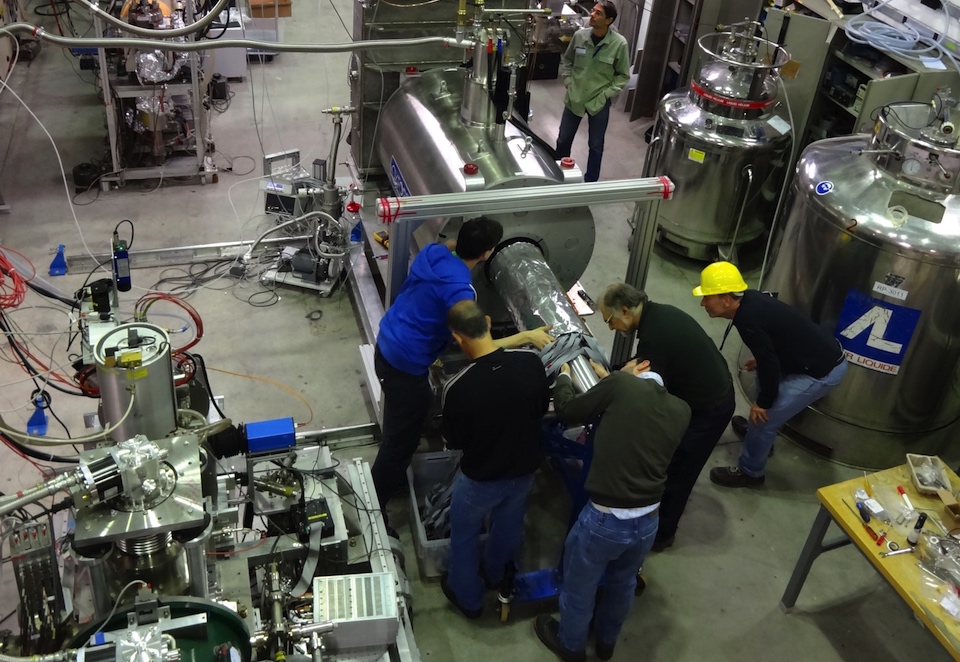Investigating the universe's mysteries: Interview with Art Olin

Art Olin, a University of Victoria adjunct professor, has over 40 years of experience working at TRIUMF, Canada’s national laboratory for particle and nuclear physics and accelerator-based science.
For the past 10 years, he has been part of an international collaboration investigating the secrets of antimatter–an elusive substance that may hold the answers to unsolved problems in physics related to the formation of the universe. As part of the ALPHA Project, Olin has helped develop software and instrumentation used to create and detect the antimatter atoms.
The ALPHA Collaboration published its most recent findings in Nature last Thursday, reporting on the first detailed measurement of an antimatter atom’s spectral line. The article in Nature talks about the mysteries of antimatter and the experiments that could reveal more about the rules that hold the universe together.
How do these findings refine our understanding of matter and antimatter?
In our present understanding of physics, it is expected that an atom of matter would be an exact mirror of its antimatter counterpart, and so far, our observations have shown no difference. Even a small deviation would require a conceptual change in the way we describe the universe. This work is important because experimental measurements like this determine the range over which physics theories are valid.
What is unique about the antihydrogen experiments being conducted at CERN (the European Organization for Nuclear Research)?
CERN is the only place in the world where the accelerators needed to produce antimatter are available. Among the groups active at CERN, ALPHA has been the only one to confine antihydrogen in an atom trap and study its properties with microwaves and lasers.
As we learn more about antihydrogen, how will this potentially impact our wider understanding of the universe?
Our universe seems to be made overwhelmingly of matter, but the Big Bang should have created an equal amount of matter and antimatter. The mystery of what happened to antimatter in the universe continues to confound physicists. If we do discover a difference between the structure of matter and antimatter, this may be a clue to the resolution of this puzzle.
